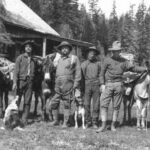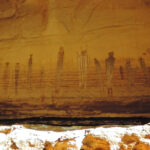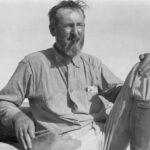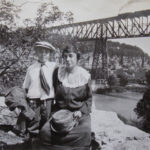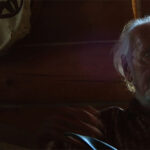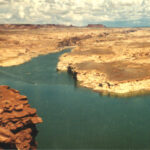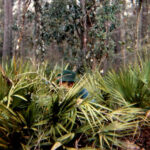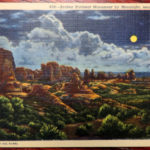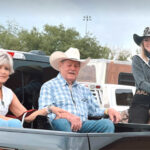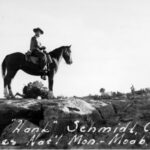
Henry G. Schmidt, aka “Hank,” had been faithfully writing his Arches National Monument “monthly reports” to the Southwest Monuments division of the National Park Service since his arrival in 1939. But after three years in one of the hottest and driest units in the country, Hank was ready for a move. He must have dreamed of cooler weather and tall pines because he applied for and was accepted To Kings Canyon National Monument and it’s my guess, as he penned this last report in late June, 1942, he was already packing. He notes below that “the local weather station has reported temperatures of 104, 105, and 106 degrees on several days, and with the high winds prevailing, this heat mixed with clouds of hot sand at times, has made it pretty rough.
He spent much of his time fighting sand dunes that tended to cross and close the monument’s entrance road. Sometimes he couldn’t keep up and tourists managed to get themselves stuck. Visitation itself had plummeted; the country was now in a world war, or “due to present world conditions,” as Hank put it; few Americans had time to take a vacation. Among the 286 who made their way into the monument, was Lewis T. “Mac” McKinney. He was obviously there to se what he was getting himself into. In a couple months Mac would take over from Hank as the new Arches custodian.

